Evaluation of Dare to Hope, a project to create socio-economic alternatives to migration in Nigeria
Title Dare to Hope – Creating socioeconomic alternatives to migration in Edo State, Nigeria
Location Nigeria, Edo State
Duration 2020-2023
Partners ActionAid International Italia ONLUS, ActionAid Nigeria, VIDES, Salesians of Don Bosco, IDRC, Kairos Initiative, QUID Project
Funding body Italian Agency for Development Cooperation
Context
The majority of Nigerian migrants trying to reach Italy and Europe in general come from the Edo State. The push factors for migration include the lack of socio-economic alternatives for young people and the lack of information concerning the risks of irregular migration and human trafficking. The project Dare to Hope intervenes in the urban area of Benin City, the peri-urban area of Auchi and the rural area of Uromi, the three of hem identified as migration hubs.
The project Dare to Hope aims to provide support to young people in the 18-35 age group to foster socio-economic rights through awareness-raising activities on migration and its risks, creation of alternative livelihood tools, and capacity-building of government agencies to create socio-economic alternatives and migration management. The project specifically acts on 3 of the 17 Sustainable Development Goals promoted by the United Nations Development Program: SDG10 – Reducing Inequalities, SDG5 – Gender Equality, SDG8 – Decent Work and Economic Growth.
General Objective
The Local Development Unit has been involved to carry out the the mid-term and final evaluation of the project. The mid-term evaluation provided useful recommendations to guide project implementation, while the final evaluation helped to understand the main achievements of the project during its implementation and identified lessons learned.
Our contribution
The evaluation methodology consisted of :
- Analysis of the achievement of outcome and impact indicators, as proposed in the Project Logical Framework, through validation of the Monitoring Matrix;
- Use of mixed methods (qualitative and quantitative) and a participatory approach that allowed us to take into account the perceptions of beneficiaries, partners and project operators, as well as to include them directly and actively in the evaluation activities;
- Desk analysis work of project documents, result-oriented monitoring, and data collected by project partners during activities; and
The combination of the different viewpoints reported by stakeholders at different levels, combined with the quantitative analysis of data collected within the project and evaluation activities and the desk analysis of project documents, enabled the evaluation questions to be answered.
Read more on our Local Development Unit
Related Projects
-

Betting on the Future: Youth and Territory in the Empolese Valdelsa Municipalities
-
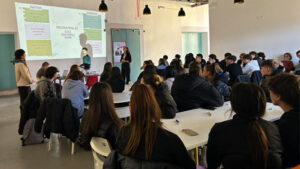
Generation 2030 training for local authorities on youth participation for sustainable development
-
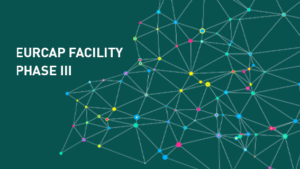
Capacity Building European Facility for the Readmission of Migrants – EURCAP, Final Evaluation
-

Voluntary Local Review of the Metropolitan City of Rome
-
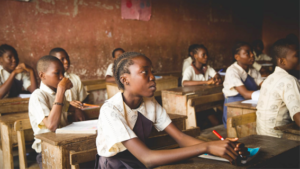
Evaluation of Dare to Hope, a project to create socio-economic alternatives to migration in Nigeria
-
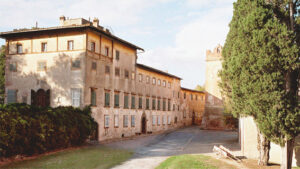
Territorial analysis for the recovery of the historic village of Villa Saletta
-

Territorial analysis for the enhancement of the Medici Gardens of Pratolino
-
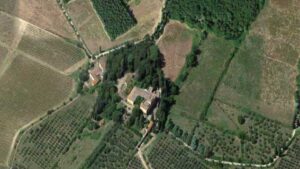
Studies and research for the eco-sustainable recovery, renovation and functionalization of the Villa Mondeggi Estate
-
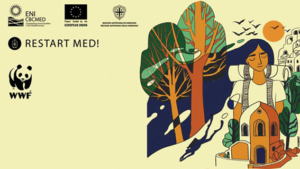
RESTART MED! capitalisation for the promotion of sustainable tourism in the Mediterranean
-
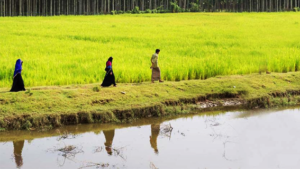
Evaluation of the project that fosters mainstreaming migration into international cooperation and development policies
-

Evaluation of the project INside AUT promoting the autonomy of persons holding international protection
-

SDGs Localisation Strategies and Local Development in Tunisia
-
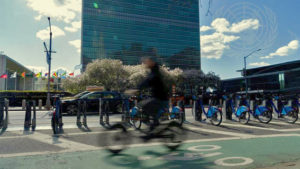
The Localization of the SDGs and post-pandemic recovery through enhanced multilevel governance
-
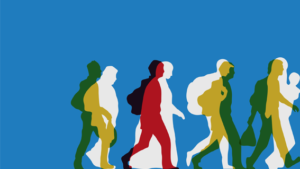
Migration and the localisation of SDGs: the role of diaspora associations for sustainable development
-
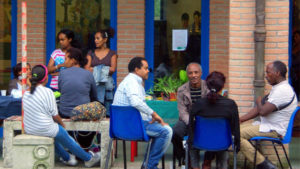
Final evaluation of the IOM project on municipalities and migration mainstreaming in Italy and Albania
-

Territorial analysis for the valorisation strategy of Atelier Marco Bagnoli and the association Spazio X Tempo
-
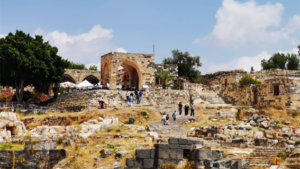
Mid-term evaluation of the MED GAIMS project for tourism promotion and preservation of cultural heritage in the Mediterranean
-

Territorial and socio-economic diagnostics for the Intermunicipal Structural Plan of Valdisieve
-

Evaluation of the CROSSDEV project to promote sustainable tourism in the Mediterranean
-

The Tuscan System of International Cooperation for the 2030 Agenda for Sustainable Development
-
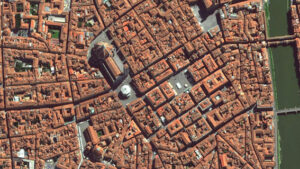
SDGs Localization for the 2030 Agenda for Sustainable Development for the Metropolitan City of Florence
-
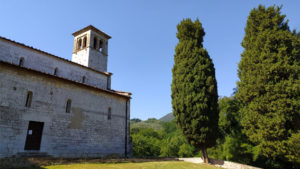
Development of sustainable tourism to preserve and enhance the Romanesque cultural heritage in Tuscany with Itinera +
-

SDGs localization to design sustainable development strategies | ARCO
-
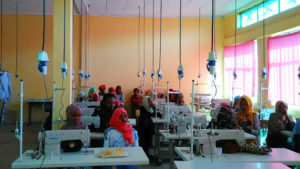
Mid-term evaluation of the project to contrast irregular migration in Ethiopia
-

Evaluation of the SPRAR projects managed by ARCI Toscana
-
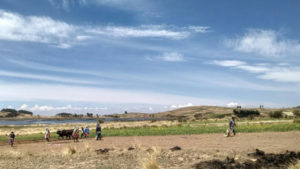
ECO.COM: strengthening local economic development in Bolivia
-
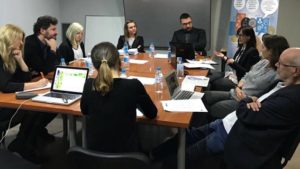
Cycle: il progetto per integrare l’economia circolare nella formazione per adulti
-

Need assessment to foster social inclusion in Tuscany
-

RB Tex: the new ethical label for the textile industry
-
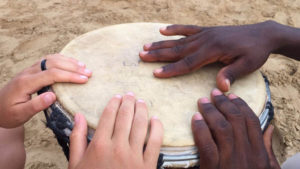
Investigating the link between migration and development in Italy
-
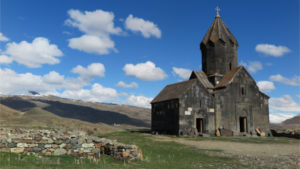
Action-research for ecotourism development in Armenia
-

Increasing the sustainability of the local handicraft sector in Bethlehem
-
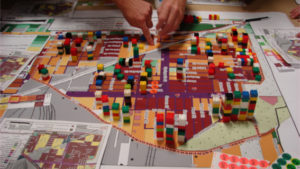
Strategic Plan of the Metropolitan City of Florence 2030
-
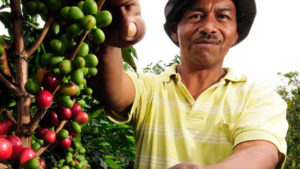
Impact evaluation of coffee cooperative in the Dominican Republic